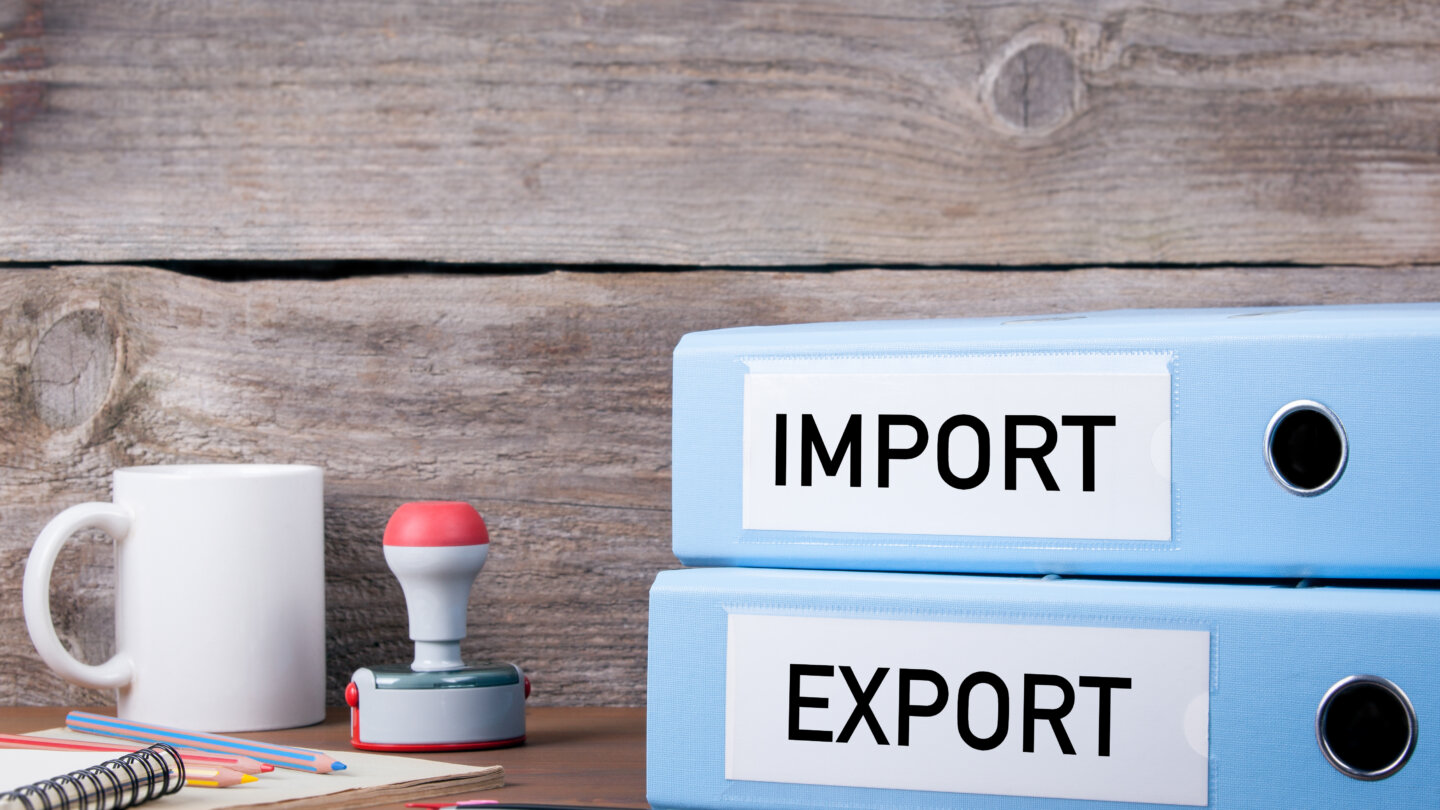Bringing Customs Formalities In-House: the Digital Answer
The theory that the internet and technology, in general, have lowered the boundaries between countries is partly true and is becoming more so each year. In retail, for example, there are few barriers to trading internationally from a simple ecommerce site. Manufacturers can source components from anywhere in the world and export finished products overseas. Providers of services (especially technology services) are often transnational, with company names becoming household words in dozens of languages.
Digitisation isn’t always a passport to frictionless international buying and selling, however. The same technology has increased customer expectations for quality of service and faster shipping, and the democratic nature of technology – it’s easy to switch from supplier A to supplier B with a single screen tap – means that cost comparisons are easy, and demand for ever-lower prices is a constant.
The further fly in the ointment comes in the shape of customs formalities: when goods cross borders, there are duties to be paid, plus dozens of inherent complexities at each crossing: import duty relief, bonding, return of goods, Outward Processing Relief and many more details.
In some areas, such as the EU, there is a relatively unified approach to customs duties, but it’s by no means a simple picture. To help navigate the tangle of red tape, some organisations use a customs broker, a third-party whose raison d’être is to handle the complexity – for a fee. Smaller companies will leverage freight forwarding services, which remove much of the administrative overhead for a scaling business but are not as cost-effective the larger the number of shipments.

Source: Shutterstock
Taking customs paperwork in-house always meant employing specialists, which was expensive and (like using any third-party) prone to human error. Misfilings can and do cause shipping delays and might even have legal ramifications that manifest in the form of fines.
But by the middle of 2025, all customs formalities will be handled electronically across the EU, something that is happening across the rest of the world, albeit not to the same timeline. The MASP-C (Multi-Annual Strategic Plan for Customs) should and could be seen as the catalyst for many companies to bring in-house their customs processes for all aspects of international trade.
For a business to handle its own customs filings, in all their complexities, no longer involves half a dozen multilingual tax and customs experts with accompanying wall of box files and tonnes of paper. Instead, even large enterprises with millions of cross-border transactions can compile and submit their customs formalities electronically from a central source-of-truth via APIs to all relevant authorities.
In addition to removing human error and cutting management costs to a huge degree, having software calculate and submit required filings has several secondary positive effects. Tracking shipments and document preparation are table stakes: the latest generation of customs management software will update itself in line with legislative changes.
There’s also a source of information right at a company’s fingertips that can identify bottlenecks in the supply chain, discover the most and least costly suppliers and find out which authorities are being paid what and when.

Source: Shutterstock
In one example platform (Customs4trade’s CAS with optional Special Procedures module), the cloud-based solution also handles previously highly advanced administrative burdens around Special Procedures. Free and bonded stocks, real-time stock record documentation, Union Customs Codes, and multi-country end-to-end customs clearance – at scale, these details form an unassailable mountain of administration. But to tireless software, of course, it’s all in a day’s work!
Data handling in-house needs to be achieved with care, of course: GDPR and other international strictures comprise another collection of bureaucracy that companies have to manage.
Yet, even national governments are gradually digitising internal and outward-facing procedures. It’s irrelevant whether that’s as a result of demand from service users or from having funding cutbacks impose change on individual departments. What matters is that electronic filing is the reality that will happen. The image of well-paid customs specialists typing one-handed into a government portal while the other hand holds a sheaf of papers does not look comfortable or efficient.
Companies trading internationally and with a transnational supply chain need to digitise this aspect of their operations in the next two years. And while big ERP or Transport Management Software providers will extol the beauty of the add-ons and hacks that their platforms can offer to handle customs formalities, companies should head for the real thing: dedicated customs software that’s fit for purpose.
You can learn more about the software made by customs experts at C4T (mentioned above) right here, and watch this space for a deeper look into the issues around some of those Special Customs Procedures in the next few weeks.









